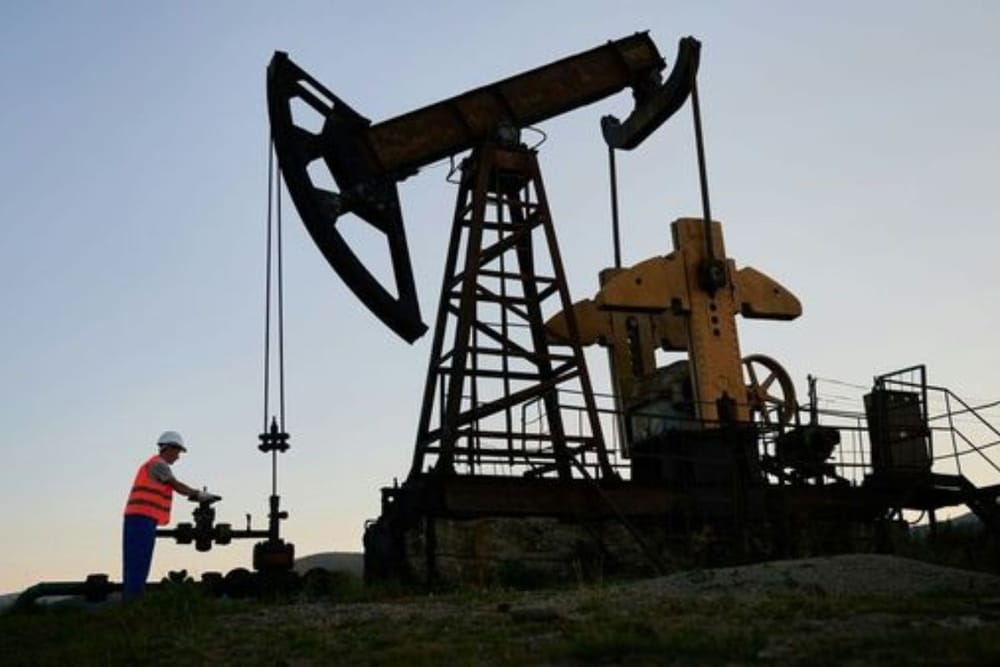The International Energy Forum and S&P Global Commodity Insights report projects a 22% increase in annual upstream oil and gas capital expenditures by 2030 to meet rising demand and inflation.
$4.3 trillion in investments between 2025 and 2030 are deemed necessary, driven by anticipated demand growth from 103 to nearly 110 million barrels per day.
"More investment in new oil and gas supply is needed to meet growing demand and maintain energy market stability, which is the foundation of global economic and social wellbeing,"
said Joseph McMonigle, Secretary General of the IEF.
“Well-supplied and stable energy markets are critical to making progress on climate, because the alternative is high prices and volatility, which undermines public support for the transition as we have seen in the past two years.”
The report found that global upstream oil and gas capex is expected to grow by $24 billion this year, surpassing $600 billion for the first time in a decade. Annual investment will need to grow by another $135 billion, or 22 percent, to $738 billion by 2030 to ensure adequate supply, the report says.
Roger Diwan, Vice-President at S&P Global Commodity Insights, said that
"expected production declines and future demand growth will require re-investing existing cash flows even as the transition proceeds."
More than 60 percent of the projected increase in upstream capex between now and 2030 would be focused in the Americas, according to the report, co-authored by Allyson Cutright, Senior Energy Market Analyst at the IEF, Roger Diwan, and Karim Fawaz, Director of the Energy Advisory Service at S&P Global Commodity Insights.
While the United States and Canada are expected to be the largest drivers of capex growth to 2030, Latin America plays an increasingly significant role in non-OPEC supply growth, particularly for conventional crude, with large expansions in Brazil and Guyana.
The report noted significant uncertainty around the trajectory for global oil and gas demand and the pace of the energy transition to net-zero CO2 emissions.
"Base-case forecasts from consensus-leading organisations diverge by as much as 7 million bpd for 2030 and this gap widens to 27 million bpd when more ambitious climate scenarios are included,"
the report says.
However, increased capital expenditure in upstream oil and gas supports energy security and the energy transition, the report says.
News Source: Emirates News Agency









